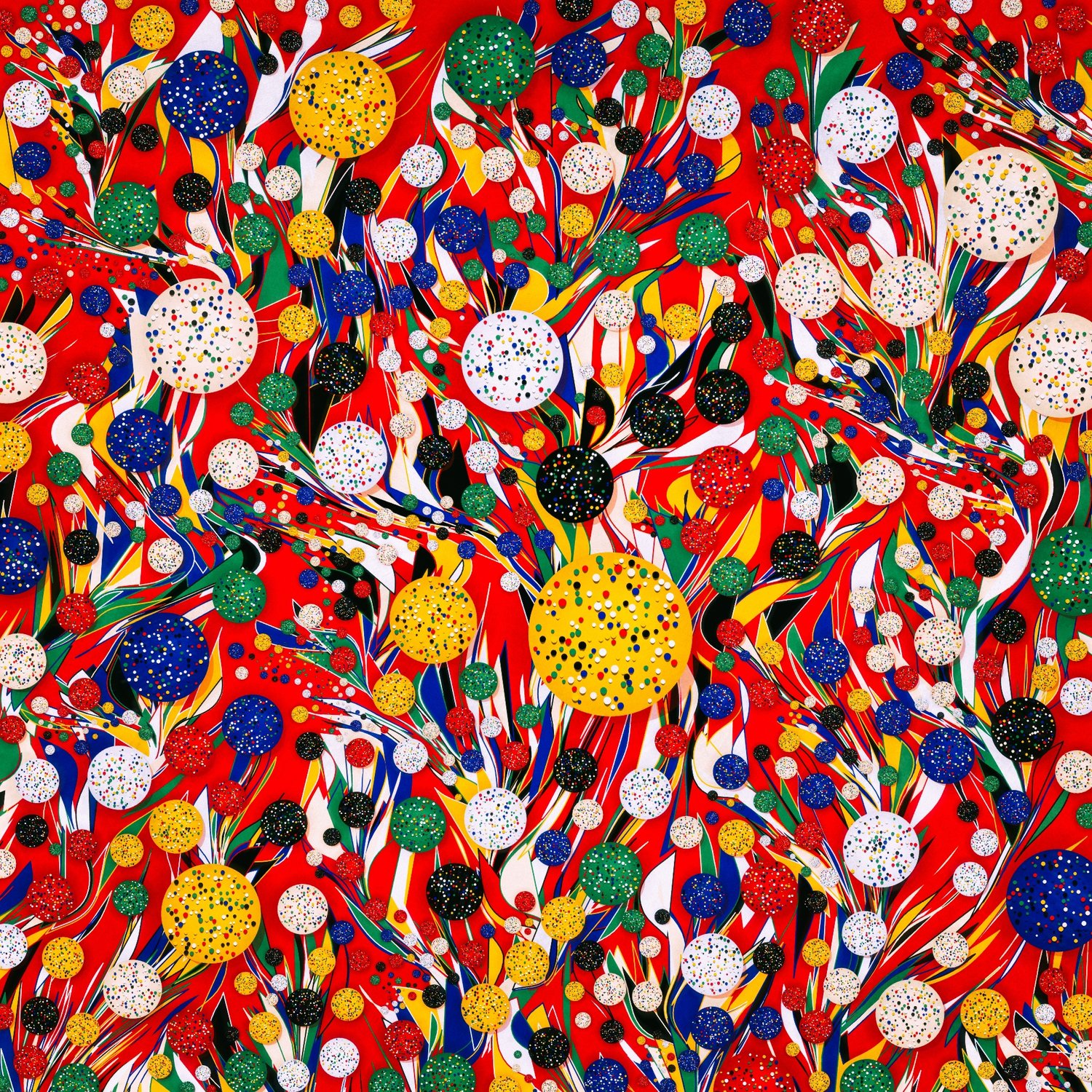Digital Art
We believe the future of art is digital. Books, music, and films have all gone digital, and art will be next. We provide coverage of this digital shift and the important artists, movements, and technological innovations driving it.
VVRRR - Manolo April, 2018
Why Love Generative Art
Over the last 50 years, our world has turned digital at breakneck speed. No art form has captured this transitional time period - our time period - better than generative art. Generative art takes full advantage of everything that computing has to offer, producing elegant and compelling artworks that extend the same principles and goals artists have pursued from the inception of modern art.
Geometry, abstraction, and chance are important themes not just for generative art, but for all art of 20th Century. As an art historian and an amateur generative artist, I see a clear line of influence on generative art starting from Cézanne and shooting straight through to the:
Fracturing of geometry in Analytical Cubism
Emphasis on technology, machine aesthetic, and mechanized production from Futurism, Constructivism, and the Bauhaus
Introduction of autonomy and chance in Dada, Surrealism, Abstract Expressionism
Anti-figurative aesthetic, bold geometry, and intense color of Neoplasticism, Suprematism, Hard-edged Abstraction, and OpArt
Use of algorithms by Sol Lewitt and others
No. 18, Mark Rothko, 1946, oil on canvas, 155 x 110 cm
Generative Art Finds Its Prodigy
In our last article "Why Love Generative Art?" we had a blast putting the genre into the context of modern art history. In this article we interview contemporary generative art prodigy (my words, not his) Manolo Gamboa Naon from Argentina.
Manolo's work feels like it is the result of the entire contents of twentieth-century art and design being put into a blender. Once chopped down into its most essential geometry, Manolo then lovingly pieces it back together with algorithms and code to produce art that is simultaneously futuristic and nostalgic. His work serves as a welcome (and needed) bridge into digital art and an antidote for those who see the genre as cold, mechanical, and discontinuous with the history of art.
AI Generated Nude Portrait #1, Robbie Barrat
AI Art Just Got Awesome
As a self-styled digital art aficionado who works for a machine learning startup, I have been waiting for years for AI (artificial intelligence) to yield something miraculous in the field of art. But instead, all I have seen is generic style transfers that allow you to make a photo of your dog look like a poorly painted Van Gogh... more of a parlor trick than the next revolution in fine art.
But at last, our machine learning art miracle has finally come in the form of some crazy looking nude portraits generated by a recent high-school graduate from West Virginia named Robbie Barrat. The second I saw Robbie's images on his Twitter feed, I fell in love. I had one of those rare moments where you see something completely fresh and you know some very important corner has just been turned.
Am I Dali yet?, Helena Sarin, 2018 (Collection of Jeremy Howard)
Helena Sarin: Why Bigger Isn’t Always Better With GANs And AI Art
AI art using GANs (generative adversarial networks) is new enough that the art world does not understand it well enough to evaluate it. We saw this unfold last month when the French artists’ collective Obvious stumbled into selling their very first AI artwork for $450K at Christie’s.
Many in the AI art community took issue with Christie’s selecting Obvious because they felt there are so many other artists who have been working far longer in the medium and who are more technically and artistically accomplished, artists who have given back to the community and helped to expand the genre. Artists like Helena Sarin.
What Is CryptoArt?
n my first post on the blockchain and art I declared that "The Blockchain Art Market is Here." In this new article, I make the argument that art native to the blockchain has its own aesthetic and represents a new and important movement within art. I call this movement/aesthetic CryptoArt.
CryptoArt are rare digital artworks, sometimes described as digital trading cards or "rares", associated with unique and provably rare tokens that exist on the blockchain. The concept is based on the idea of digital scarcity, which allows you to buy, sell, and trade digital goods as if they were physical goods. This system works due to the fact that, like Bitcoins and other cryptocurrency, CryptoArt exist in limited quantity. Popular early examples include CryptoKitties, CryptoPunks, Rare Pepe, CurioCards, and Dada.nyc.





